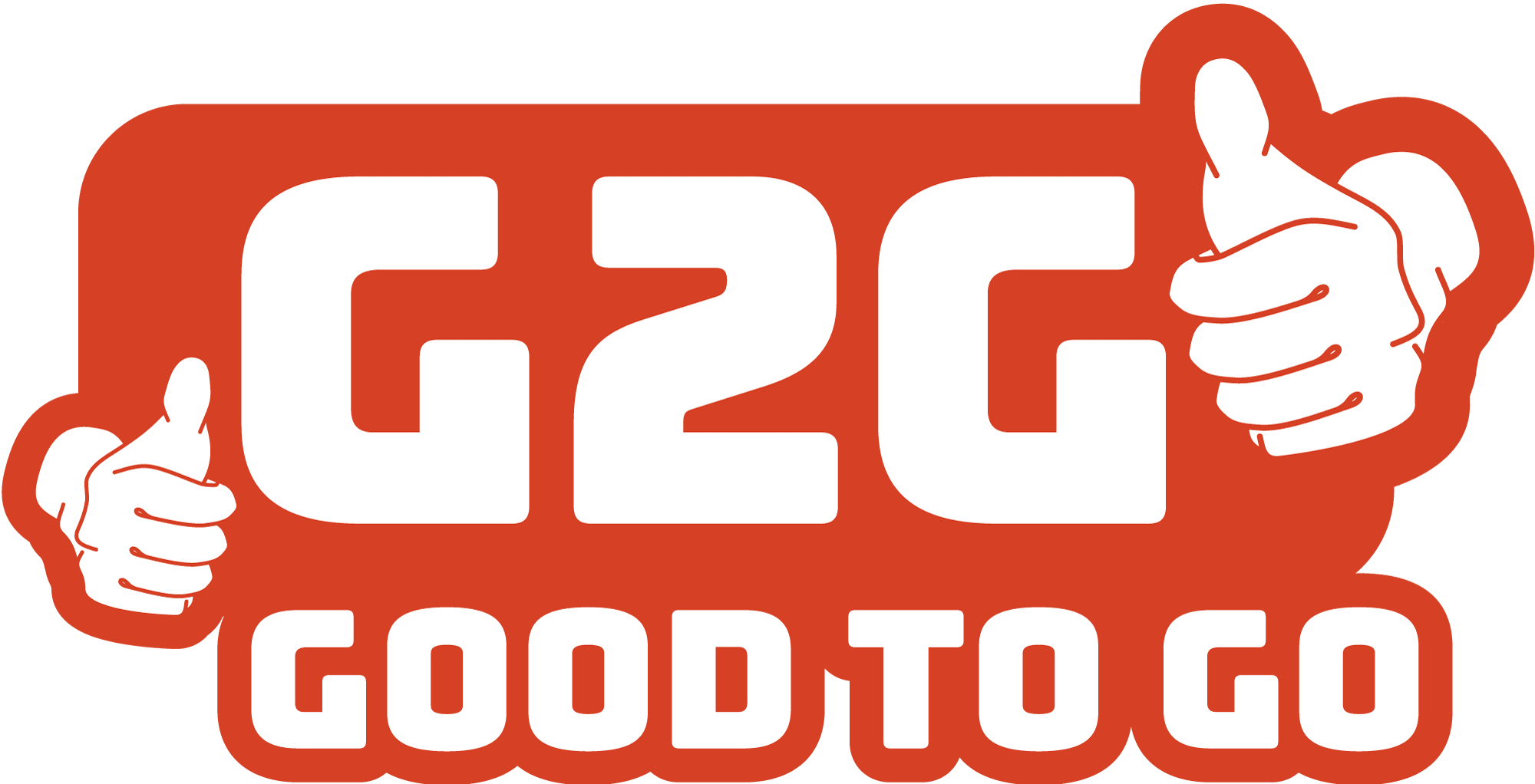The G2G Console is your central hub for managing assets, locations, manifests, and more. Here’s how to get started and what you’ll find inside.
Logging In
- To log into the G2G system go to https://console.goodtogo.tech/.
- Enter your username and password.
- These details are provided by your G2G Account Manager during account setup.
- If you’ve forgotten your password, click Forgot Password.
- An email will be sent to the registered email address, allowing you to reset it.
G2G Console Layout
Once you have logged into the G2G system, you’ll see navigation options on both sides:
- Left-hand menu (Home Menu): Your main navigation panel, where you’ll spend most of your time once setup is complete.

- Right-hand menu: Displays your account name alongside quick-access icons for:
- + (Add new items)
- ? (Help)
- Profile settings


Home Menu Overview
The Home Menu gives you access to the following areas:
Assets
- View all assets set up in the system.

- Switch between List, Type, Location, or Map views.
- Use the search bar and filters to refine results.
- Access filters via the Tools icon.
- Combine multiple filters to drill down into specific groups of assets.
- Export asset lists when needed.

Snapshots
- See all saved scans (e.g., Instant Stocktakes or Manifest Checks).
- Snapshots are saved by Location Tag ID and include:
- Time of scan
- Number of assets present
- Number of assets missing

- Drill down for detailed results, including itemised asset status.
- Search and filter snapshots just like assets.

- Create manifests from snapshots:
- By Asset Type – check for required types (not specific items).
- By Asset – check for specific registered assets.

Asset Types
- View and manage all asset types in the system.
- Search to find the asset type you want to review.

- Edit details such as:
- Hierarchy – where the asset type sits in your structure
- Type Name – unique identifier in the system
- Display Name – how it appears in the console and app
- Asset Fields – details at the individual asset level (e.g. serial number, expiry date)
- Inherited Asset Fields – fields applied from a higher-level asset type (e.g. brand, owner, zone)
- Type Fields – values fixed at the type level (not editable per asset)
- Inherited Type Fields – type-level fields applied from higher-level groups
- Delete asset types in Advanced Settings (note: types with registered assets cannot be deleted until assets are moved).

Custom Fields
- See all custom fields and how many assets use each one.

- Edit details for a specific Custom Field in the Settings section.
- Delete custom fields via Advanced Settings (only if no assets or types are linked).

- Check which asset types a Custom Field is linked to under Asset Types. To unlink, edit via the Asset Type menu.

